Incarvillea is a beautifully massive grassy plant from the Bignon family. The birthplace of the charming flower is Central and East Asia. In the wild, it can be found in Central Asia, Tibet, China. Thanks to the lush flowering and the similarity of its gentle tubular flowers with Gloxinia, Inkarville is sometimes called garden orchid or gloxy. The flower's unusual name was received in honor of the French nerd Pierre Nicholas D Tinkarville, who gathered a large collection of unique plants, and Inharvillea was the pearl of his amazing collection.
In total, there are more than 14 species of this magnificent flower, meet both annual, twilight and perennial species. Our flows are cultivated by 4 types of this plant. Growing garden gloxinia is not much difficulty, it is unpretentious and growing well in the conditions of the middle strip. Incarvillee is not a very common plant, but only gaining its popularity, it will become a decent decoration of garden flower beds, mountaineering, rocaria, border. How to care for a beautiful flower, as well as about the features of its landing and cultivation, read further.
Inkvilleya: Description
Inharvillee looks very attractive. This is a herbaceous plant with a reprehensive single or branched stem height from 30 cm to 1 meter. At the base of the stem, a socket made of large leaves of dark green color is formed. The shape of the leaves can be diverse and depends on the type of plant: oval, honest, peristo-separate shape on a long cut. The surface of the leaves is a little wrinkled, it seems that it is velvety. 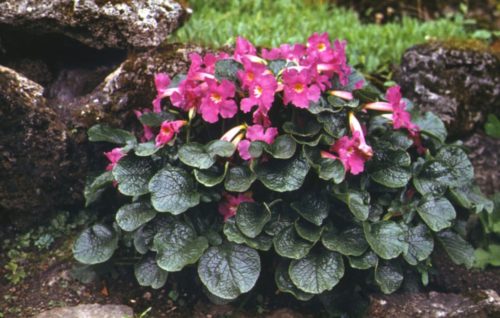
Inkvillei root is a thickened, meaty tube stretched shape, resembling a georine root or carrot. 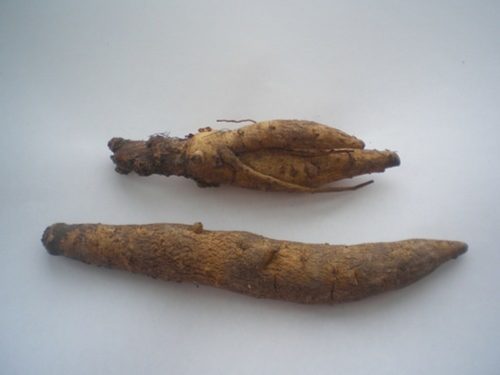
Beautiful inkviller's beauty with tubular flowers with a wide wedge of five petals of diameters up to 6 cm. The edges of the petals are bent out. Flowers are collected in a brush or pan. Color gamut flowers diverse: pink, red, yellow, purple, white. The flowering period of charming inkvillei is a brief - from 20 to 45 days, from June to July and depends on the climatic conditions of the region, where it grows. Open lush colorful buds, drowning in large dark green leaves, look especially elegant against the background of other garden plants and occupy an honorable place on flower beds and flower beds.
After fading, seed boxes are formed on the site of the buds. Incarvelly seeds are pubescent, large and slightly flattened grains of gray-brown color, which can be collected from the end of August.
Varieties Incarvillei
Among the most famous types of Inharvillei, which are grown in many European countries, are:
- Inharvillea doing. Many years of gardening of gloxinia, reaching a height of up to 1 meter. Getting a plant from China. It has spindle-shaped, fleshy roots. The leaves of the perista-separate shape, the base is collected in a socket. Flowers with large flowers with light-pink or lilac flowers petals, zev - yellow. Flowers are collected in inflorescences. There are varieties with white and purple flowers. Inharvillery Flowering Starts - June, which lasts up to 35 days. Perfectly carries out in the middle of the strip, but requires shelter in winter. The ripening of fruits occurs in early September.
- Inharvillery Mayra. Compact herbaceous plant with roast long-term rounded shaped leaves. Form resemble the leaves of violets. The color of the leaves is dark green. It is characterized by lush colorful blossoms of purple-red flowers, whose whose crins are covered with white spots. This species is endurance and winter hardiness.
- Inharvillea chinese. The type of Inharvillee is from China, hence his name. The main difference of the species is a thin straight stem with carved leaves. The plant is low, only 30 cm in height. Flowers with delicate white or cream inflorescences-bells on an elongated flower. Blossom - long, thanks to the continuous release of young shoots. Begins to bloom in June to autumn frosts. The most famous gravillery Chinese variety is a white swan or ankverlejey white. It is a beautiful magnificent bush up to 20 cm in width, reaching the height of up to 50 cm. The leaves of the grade of the white swan in the form are similar to the leaves of the fern, the base is collected in the outlet, from the center of which long color paintings of 2-4 inflorescences are growing in the form of gramophilics, in diameter up to 5 cm. Tint of petals - gentle-cream.
- Inharvillea Olga. Tough view of Inharvillei, named after the wife of Botany Boris Fedchenko. The height of the bush can reach more than meters. Flowers are small, up to 2 cm in diameter, painted in gentle pink color. Stems are bare, the leaves of the carved form are formed only at the base of the bush. The beginning of the flowering plants - July, continues from 6 to 7 weeks. Olga Incarelliya is a winter-hard-resistant look, it gives up a breeding of the division of the bush.
- Inharvillea dense. A compact beautiful plant is a perennial, reaching the height of up to 30 cm. Stems are smooth, slightly pubescent. Dark green carved leaves of oval shape, at the base of the bush is collected in a socket. Thanks to this, the bush looks lush. Flowers large, up to 6 cm in diameter with flowers of purple, purple, purple color with a yellow middle. Blossom begins at the end of May and continues for a month, the flowers are dissolved on others.
Inharvillea: Growing Features
Luxurious Incarville, despite its external beauty and aristocraticity, undemanding in the caring flower. Having created her the right conditions for growth, you can achieve lush and beautiful flowering.
Choosing a place in the garden for Inharvillery
The correctly chosen place for planting a flower is the key to its successful cultivation. The best place for landing - elevation or hillock, protected from drafts and busting winds, where there is no moisture stagnation. The mooring of the soil can lead to the root of the root and the death of the flower. If the plant is planted in flower beds, rocaria, it must be lifted above the ground level. As for the lighting, the injellity prefers light half or dispelled light, although it belongs to light-affiliated plants. Straight sunlight are undesirable for a flower. When landing bushes in the northern part of the garden, the bloom of Incravillei will begin with the receipt.
Inharvillery soil selection
For growing Gloxy Sadovaya fits loose, nutritious sudent soil. The soil must be with a neutral acid-alkaline reaction. The decorativeness and duration of flowering luxurious beauty depends on this. One of the important conditions for the growth of the flower is to provide a good drainage layer in the soil. For its manufacture, large sand is suitable, crushed stone, broken brick. Inharvillee feels great on the rocky areas of the garden.
Incarvillee: reproduction and ways to land in open ground
Landing Inharvillese Seeds
One of the most common ways to reproduce all types of Gloxy - from seeds that can be assembled independently, in the fall, after her flowering. Also Inharville Seeds can be bought in a flower shop. According to experienced gardeners, a seed method of breeding the flower allows you to get the most viable and resistant plants.
Landing seeds in open ground is carried out from April to June in a well-hot-heated soil. This method of landing allows you to get a winter-hardy plant. Seeds are sown in the prepared loose and wet soil. Gloxinia flowering should be waited on the second or third year after planting seeds in the ground. 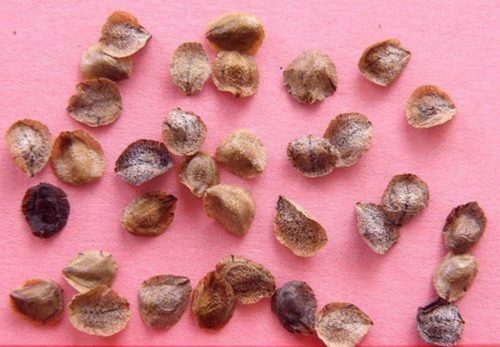
Landing Inharvillei Sedia
Gloxinia can be planted in open ground seedlings. For this, the seeds should be germinated in a container with a nutritional soil, which must contain a garden primer, peat and fine-grained sand. The finished soil acquired in the store should be treated with a hot solution of mangalling of dark pink color or warm in water bath. Seed seeds at the end of March.
Stages of landing:
- In order for the seeds to awaken to active growth, apply stratification: seeds must be placed in a bag in the freezer for 2-4 weeks.
- After the freezing, their shallow (0.5 cm) is sulking into a wet soil and covered with a film for germination. The initial temperature for the best germination of seeds should be 2-6 degrees.
- After 7-10 days, containers with seedlings are transferred to a warm room with a temperature of 20 to 23 degrees.
- Periodically you need to spray the soil from the spray.
- After the first germs appeared, the film is open, thereby providing them with ventilation.
- To stimulate seed germination, drugs are used to stimulate Zircon or Epin growth.
Picking of Inharvillei shoots
As soon as young shoots appear 1-3 leafs, they should be seeded at a distance of 3 cm from each other or in separate containers. To dive, the soil should be well moistened so as not to damage the gentle root roots. If the roots are too long, they are pinching for better branch.
Transplanted plants need to spray with water and placed 2-3 days in a dark room.
At a permanent place in the garden, the seedlings are planted in the last few days, by the method of transshipment of the earth, so as not to damage the roots. It should be remembered that Inkarellia prefers elevation, it is not necessary to plunge deeply root. 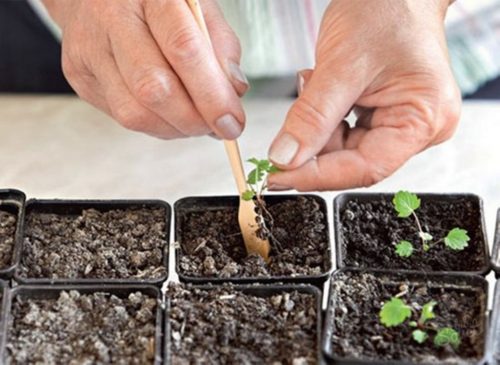
Propagation by cuttings inkarvillei
For reproduction of Gloxinia, a vegetative way of reproduction - cuttings is used. For this, a large healthy leaf is neatly separated from the root rosette, trying to keep the base of the petiole, and put it in a special solution to stimulate growth, for example, corneser. Then the leaves must be planted in a pot and cover with a glass can. Then they are planted in a pot, sticking with a glass jar. After 2-3 weeks, the cuttings should appear. The appearance of the rosette of the leaves should be waited only for the second year.
Inharvillery breeding root division
The division of the bush Inharvillee is breeding at the beginning of spring or in September. To do this, carefully using a shovel, the bush is digging and divided into several parts. It is necessary to cut the root so that the growth points of young shoots are on the processes. Young decene needs to be shaped in soil so that the roast neck is located 3-5 cm above the surface of the soil.
Incarvillee: Care
After the flower came across after planting, it needs to ensure the correct care, which is in timely watering, feeding and processing the soil on the site.
Watering Inharvillei
Incarvillee prefers moderately moistened soil, abundant watering can lead to rewarding the root of the flower, which will lead to his death. Water flower follows as the soil surface drying, while not allowing petition. Excessive irrigation can lead to the worship of the leaves. The procedure for watering the plant is better to exercise in the morning or in the evening. Watering at noon destructively affects the gentle leaves of the plant and leads to a burn. After each watering, it is necessary to loosen and mulch the soil, remove weary grass. The mulch is suitable coniferous bark, sawdust, which contribute to nutrition, increasing the acidity of the soil.
Undercotting Incarvillei
Since planting plants is carried out into fertile and nutritious soil, then there is no need for additional feeding. If the site where Incarville is planted is not quite fertilized, then the mineral complex of fertilizers for flowering plants must be added to the ground or use as feeding the organicity: infusion of a cowboy, chicken litter. The first feeding is carried out in spring during the period of active growth, and the second during the formation of buds. Flowers advise fertilizers when transplanting and seeding the plant by dividing the bush.
Transplant Inkarvillei
Incarvillea is a perennial who needs to periodically transplant from the "based" place, as the plant takes all useful substances from the Earth, which leads to slow growth and scarce blossom of Gloxinia. Once every 3-4 years, the bush must be rejected. A new landing site needs to be fertilized with a complex fertilizer, as well as organize a good drainage.
Inharvillery Preparation for Winter
Incarvillea is a thermo-loving plant for which there are unwanted sharp temperature differences. To ensure the flower, comfortable conditions for wintering, its roots must be protected by a layer of mulch - coniferous sawdust, peat, compost. The mulch layer should be at least 6 cm. Young bushes for the winter need to be hiding under plastic containers or glass jars that will protect them from harsh winter jersey and weather. It is necessary to remove the shelter in the early spring, so that with a sharp warming, there is no spontaneousness and rotation of the root of the plant.
There is another way of wintering garden gloxinia - the root of the flower is digging in autumn and stored in a dark room. The root is plugged into the container with sawdust, peat, dry sand. The optimal temperature for storage of rhizomes is 5 degrees of heat.
Collection and storage of Inharvillese seeds
In the autumn period, seeds are collected, which are removed from the boxes, and then dried. Seeds need to provide good ventilation. After drying, seeds are stored with a bag of natural fabric in a cool room. With a good drying and proper storage, the seeds retain an excellent germination of 2-3 years.
Inkvillei pests and diseases
Incorrect irrigation and excessive moisturizes of the soil can lead to a reinforcement of the root of the plant and provoke the infection of the fungus. At the first signs of rot, the bustice must be treated with fungicides. Such as Topaz, Fundazol. With too dry soil, the flower becomes vulnerable to a web tong. Also on the plant can be attacked by a fault or a torment worm, to combat special fungicidal agents. Processing an infected bush should be made when the first signs of flower pest appear in order to avoid infection of neighboring plants on the flower bed.
Possible difficulties in care for Inharvillery
- Despite the correct care and compliance with all conditions for successful growth and lush flowering, the maximum life of the flower in the open ground is about 5 years. To rejuvenate the bush, it is necessary to apply the division of the bush and transplant the plant to a new place.
- The brown color or focus of foliage is a sign of soil moistening during watering, and may also indicate the insufficiency of sunlight.
- The yellowing of the leaves speaks of a shortage of nutrients in the ground, the plant needs feeding from mineral or organic fertilizers.
Incarvillea - Decoration of Flowers
All types of Inharvillee look bright and spectacular in any flower arrangements. Colorful inflorescences will decorate the garden tracks, borders, sites near the hedge. Garden Gloxinia looks great in the flower bed next door with violets, Iberis, iris. Featuring the graville varieties with different color of the petals and form of leaves, you can create a bright colorful flower leaf or flower garden. The flower feels wonderful on the stony slopes, it is used to create an alpine slide, where it is impurious harmony against the background of gray stones. From Sadovaya Gloxinia create original bouquets, but they quickly fade, within 1-2 days. A gentle fragrant beauty looks beautifully in a single composition and will become a decent decoration for a plot near the house, gazebo or recreation areas, where it will be in sight, pleaseing the eye with its lush flowering. Incarvillea is the perfect flower for decorating the country area. 

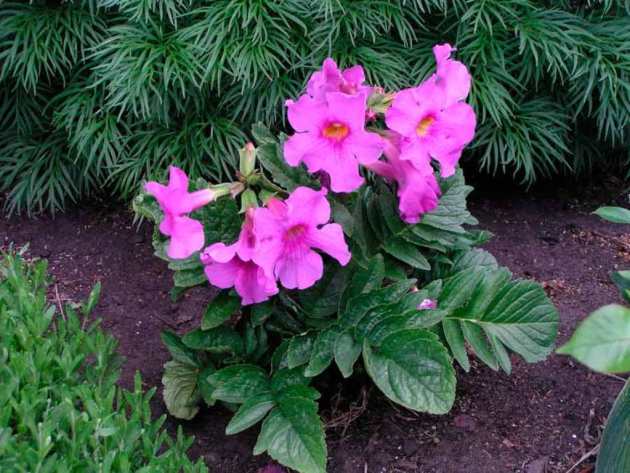
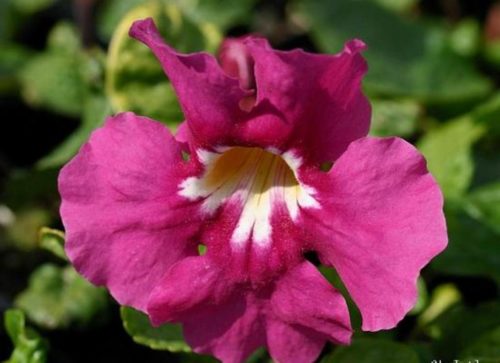
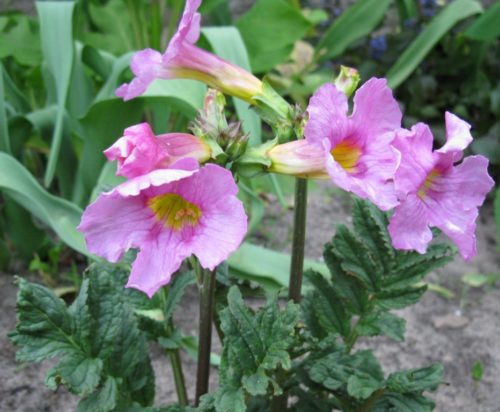
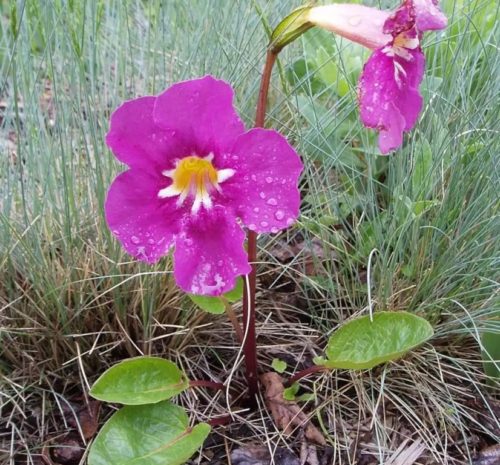
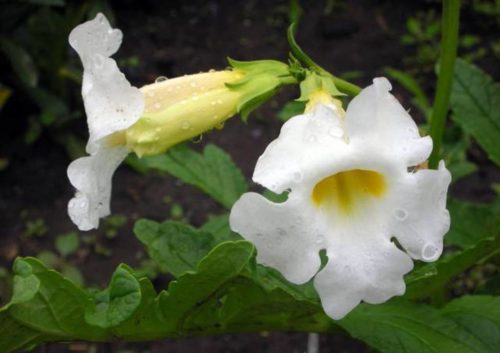
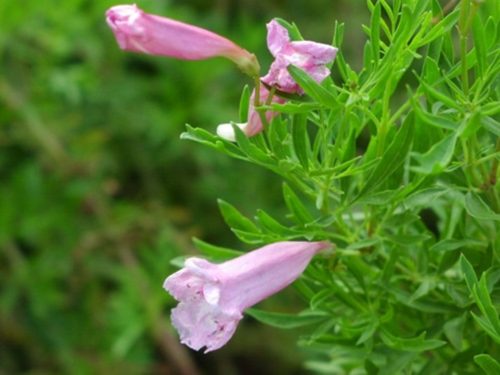
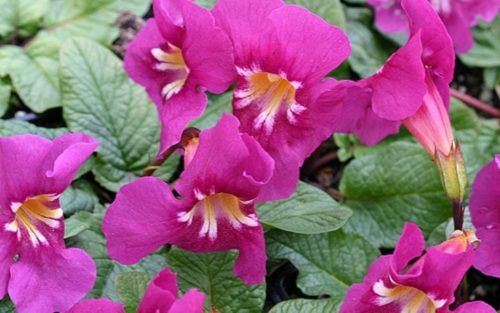
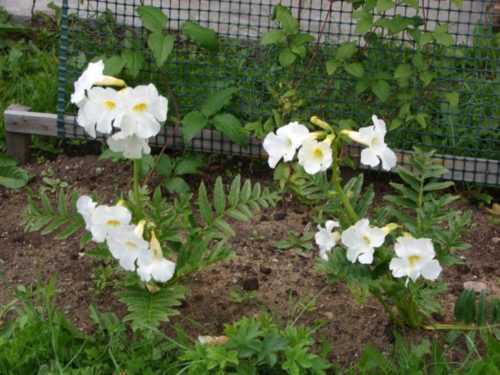


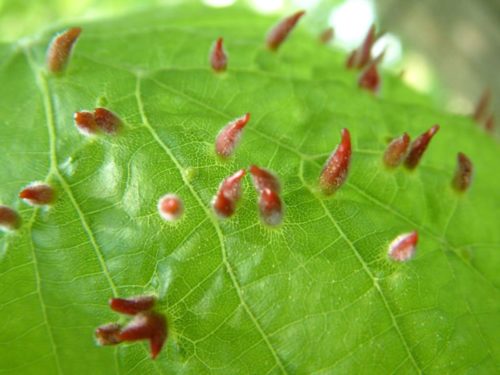
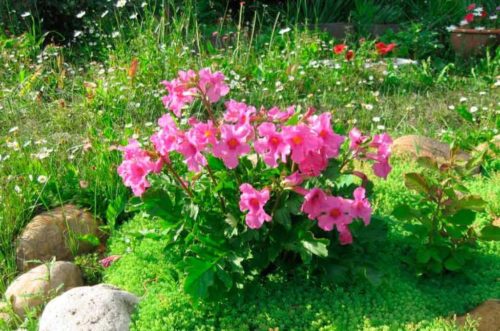
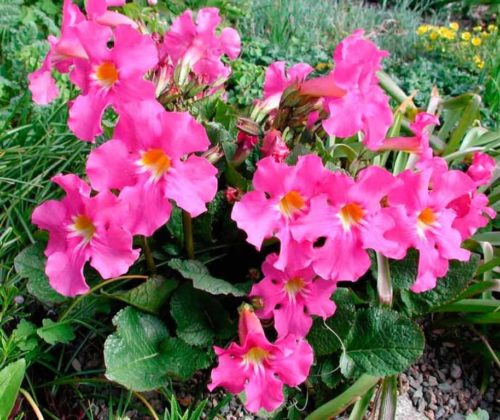
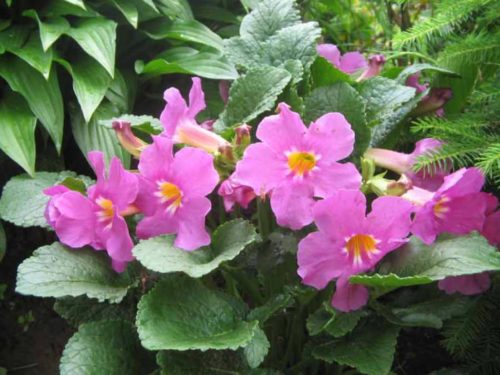
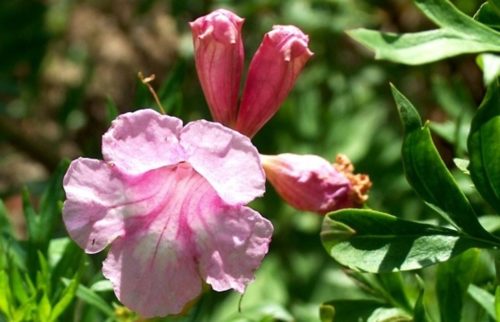
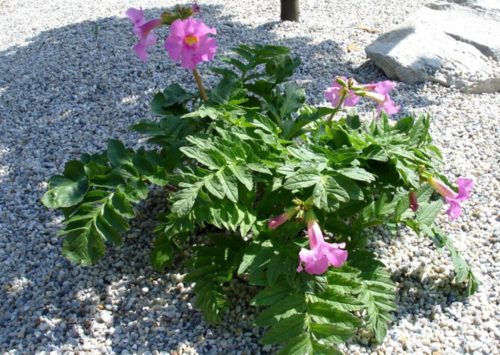
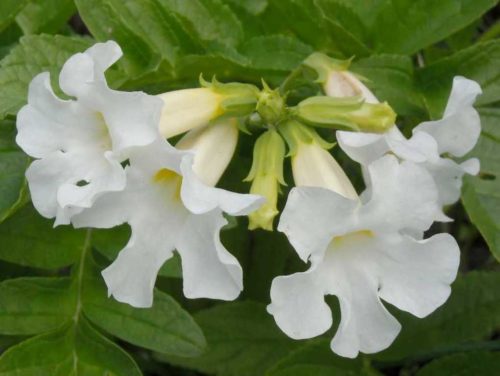
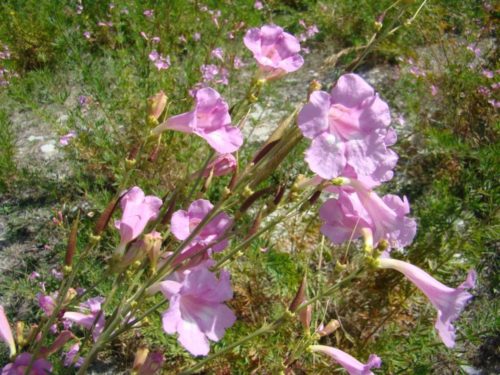
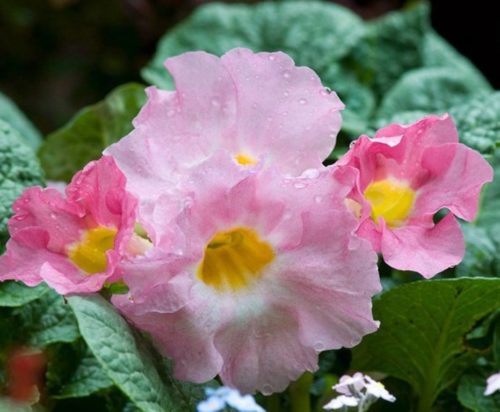












 Start a discussion ...
Start a discussion ...